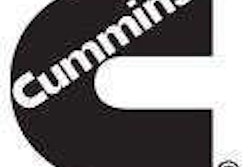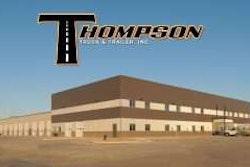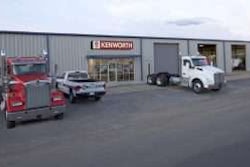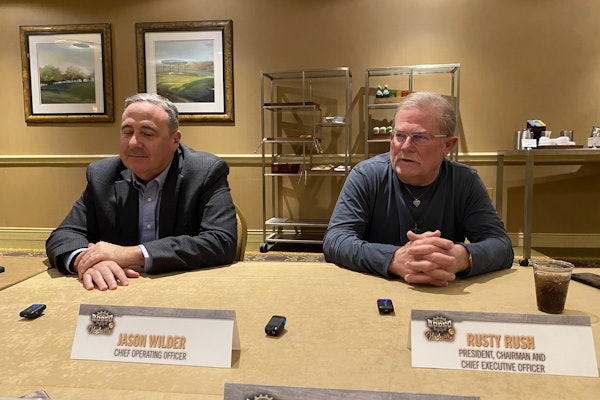Experts from North American truck manufacturers – Daimler, Navistar, Paccar and Volvo – along with engine maker Cummins, recently shared their views at the 2017 American Truck Dealers (ATD) Convention and Expo on how new Phase 2 commercial truck greenhouse gas and fuel efficiency mandates will impact the commercial-truck industry.
The ATD Industry Roundtable was moderated by Doug Greenhaus, chief regulatory counsel for the National Automobile Dealers Association (NADA) and ATD. The two-hour session, which was held on January 26, also included a discussion on the potential impact of new NOx standards on the industry.
“The new targets represent a real challenge for our industry, and we are focused on meeting these very ambitious goals in a way that minimizes the impact on our customers, and delivers real value for them and for society,” says Rick Anderson, product planning manager for Volvo Trucks. “It remains to be seen how the dynamic between various regulatory agencies will play out, given the new administration in Washington.”
Dan Kieffer, director of emissions compliance for Paccar, called the GHG Phase 2 regulation “an involved and complex regulation,” adding that it will take time for the industry to understand all the details of the regulatory changes. “Once these are understood, the OEMs will begin the task of developing compliance plans that can provide the best benefit to the customers who buy the vehicles and to the environment,” he said.
In August 2016, the U.S. Environmental Protection Agency and U.S. Department of Transportation’s National Highway Traffic Safety Administration jointly finalized standards for medium- and heavy-duty vehicles with the goal to improve fuel efficiency and cut carbon emissions.
Concerning the impact of new NOx standards, Volvo’s Anderson says that developing a NOx strategy in “the wake of a very aggressive GHG regulation is an extremely complex matter.”
“The Volvo Group believes all stakeholders would need to take the time necessary to strike the right policy and technical balance if we take this on,” Anderson says. “For example, we’d need to ensure that certification cycles reflect real world operation.”
On the same topic, Paccar’s Kieffer says the industry is engaged with both regulatory agencies on the tasks of defining the need for future NOx reductions.
“The industry will work with the agencies to develop a robust and effective regulatory structure that can provide the emissions reduction that are found to be necessary.”
Brian Mormino, executive director of environmental strategy and compliance at Cummins, says, “[It] has the technology to meet and exceed the Phase 2 engine requirements and provide better reliability and durability to optimally integrate with OEM partners to help our mutual customers be successful.”
Mormino adds that as the industry moves forward “it is important to maintain a consistent approach to ensure any future potential NOx reductions are considered in line with the Phase 2 requirements and considered on a national basis instead of state specific requirements.”
Following the well-attended roundtable during the ATD convention in New Orleans, Greenhaus called the interactive panel discussion on the new federal GHG/fuel efficiency rule of “critical interest to the industry” because of the many questions asked by the dealers and other audience members in attendance.











